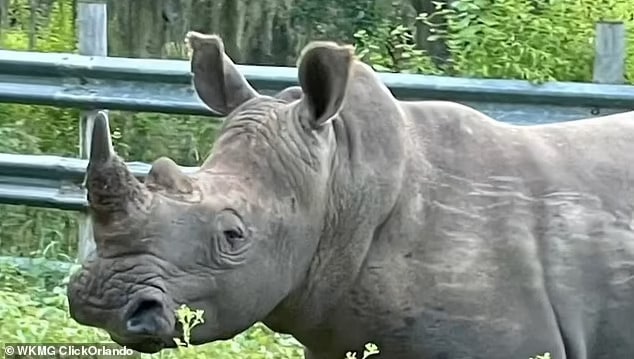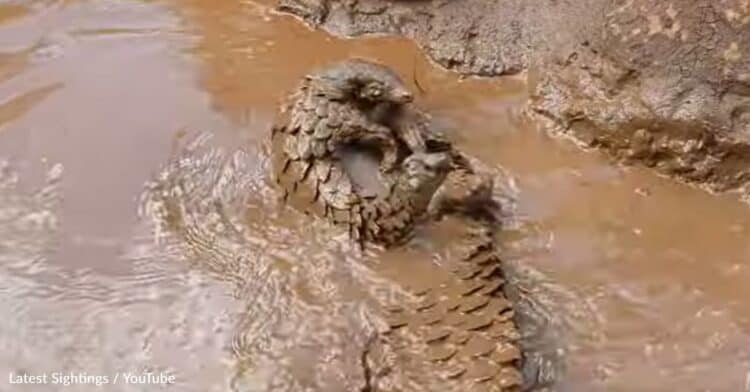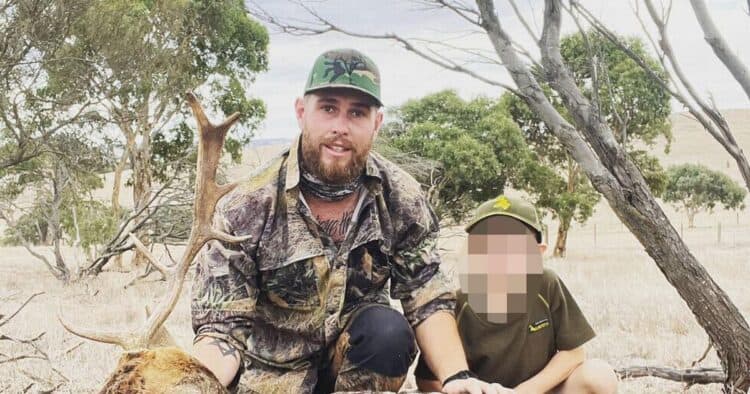Do your children love going to the zoo? Does your family have a passion for wildlife? This may make an African safari the best possible family vacation. Yet traditional safaris may seem unsuitable, whether your children are 2 or 12. Traditional safaris have you camping out in tents and hiking miles per day. The alternative is a luxury safari. And you can find luxury family safari vacations that let you include the entire family in the fun. But what are the best safaris for families?
South Africa
South Africa’s national park system is the oldest and best developed on the continent. You can find handicap accessible ramps in many tourist areas that are perfect for kids in strollers. You can find century old lodges designed to cater to tourists. And you can go on safaris to see large African mammals while coming back to a lodge with running water and electricity.
The country has additional benefits such as having a large English-speaking population and large malaria-free reserves. Places like Kwandwe and Madikwe mean you don’t have to make your kids take anti-malarial drugs. In fact, the non-malarial areas are the best choice for families with children under 5, since you don’t want to try to get a two-year-old to take anti-malaria pills and keep toddlers from playing with mosquito nets. Another benefit of going to South Africa is that they have the facilities to support families. For example, the Morukuru is a private safari resort in Madikwe, and it caters to families and small groups.
South Africa has many former mining towns turned into lodges. From here, you could go to see African wildcats, the Aardwolf and exotic small cat species like the black-footed cat. Kgalagadi Trans frontier Park is a better choice if your kids want to see meerkats. South Africa also has safaris perfect for those who just want to see all the big cats. And you could go to the coast and see the whales, if you’re there during the right part of the year. Plus, you have easy access to the entire country once you arrive at Johannesburg International Airport.
Kenya
Kenya has a number of large conservancies. These privately run camps and lodges don’t have to follow the same strict guidelines. This means you can more easily set your own schedule. You could go horseback riding, biking or take a nap. Or ride in a jeep. These game drives let everyone see the animals and the landscape without having to wear themselves out. You could have lunch at the lodge or go on a bush picnic.
Kenya also allows you to visit the Masai Mara. This area is filled with lions, cheetahs, and spotted hyenas. A stay in a Masai village allows your children to be immersed in another culture in a safe way. But they’re one of 43 different tribes in Kenya.
We’ll say Kenya is a good choice if your kids are old enough to take anti-malarial meds, since there aren’t any non-malarial areas. But Kenya gets points for being more affordable than Tanzania, and it is almost easy to get around as South Africa.
Zambia
Zambia was the original walking safari destination. That means it isn’t a good choice unless your kids are over ten and fit. But this lets you go to less trampled safari grounds and see much more wildlife as a result. While it isn’t as commercialized so there aren’t as many luxury amenities, it is cheaper.
Botswana
Botswana’s Okavango Delta is a lush ecosystem. It is a great destination for birdwatchers. There are camps in this area designed for families with children. Your family could travel on foot or in 4×4 safari vehicles. Walking treks are best for teenagers who are in shape, since a walking safari can last anywhere from two days to two weeks. But your kids would love to see Victoria Falls, and kids this old can go white water rafting or bungee jumping. Younger teens could be taken on canoe rides as well as shorter bush walks.
Tanzania
Tanzania is the best place to be when the annual Serengeti migrations occur. The animals actually travel through southern Kenya and northern Tanzania. The Ndutu region has some of the best resorts to stay at to witness these events. That makes it one of the best African safaris for those who simply want to witness a modern miracle. You could also see sights like Ngorogoro Crater and Lake Manyara.
Southern Tanzania is home to Selous. This area has the world’s largest population of wild dogs. It also has cape buffalo, wildebeest and many species of birds. This probably wouldn’t interest young children, but older children may enjoy it. Note that this area has malaria, so only take kids old enough to take malaria meds.
The best time to go is during the dry season, but you can visit any time but the March to May rainy season.
Namibia
Your children have probably never heard of this country, though they may have seen its stunning red deserts in the background of their favorite movies. The Skeleton Coast, the Moonland and the Etosha Pan are impressive. We’d recommend this area for older children and teens. After all, a lot of safaris involve long road trips, whether on the road or in a 4×4. But you can see traditional African animals in Namibia, especially at Etosha National Park.
Namibia lets you see more than the traditional big cats and massive buffalo herds. There are seal colonies, flamingos, dolphins and pangolin. Plus, your kids could see meerkat colonies here. Furthermore, the best time to visit is July and August. That’s when most school-aged kids are out of school.
Namibia gets points for safety. In fact, it is safer than South Africa. It also gets points for having no malaria in the major tourist areas, and there’s no yellow fever in the country. In contrast, most African countries require you to get a yellow fever vaccination and take malaria pills.
Lead Image: Cat spotting: Cheetahs at the Masai Mara National Reserve in Kenya.
What you can do
Support ‘Fighting for Wildlife’ by donating as little as $1 – It only takes a minute. Thank you.







Leave a Reply